Innovations are altering the financial environment in the rapidly expanding realm of cryptocurrency. The Lightning Network has emerged as a trailblazing solution to the scalability issues that blockchain networks, particularly Bitcoin, confront.
We delve into the complexities of the Lightning Network in this exploration, revealing its definition, function, and transformative impact on crypto transactions. This detailed guide will provide you with insights into the Lightning Network's technology and how it is altering digital banking.
What is the Lightning Network?
The Lightning Network is a second-layer protocol aimed at addressing the scalability issues of blockchain networks, with a focus on Bitcoin. Co-authored by Thaddeus Dryja and Joseph Poon, it operates as a decentralized network built on top of a blockchain and provides a solution to the bottleneck difficulties that standard blockchains experience.
The Lightning Network, by establishing off-chain payment channels, enables quick and cost-effective transactions, hence increasing the efficiency of digital finance transactions.
How Lightning Network Works?
Payment channels, off-chain paths that permit transactions between users, are crucial to the Lightning Network's operation. This approach alleviates congestion on the primary blockchain, resulting in speedier transactions and lower costs. Consider the case of Alice and Bob, who routinely transact.
They open a micropayment channel instead of recording every transaction on the main blockchain. They conduct many transactions off-chain through this channel, and when they decide to close the channel, the final state is updated on the blockchain.
Advantages of the Lightning Network
- Enhanced Scalability: The Lightning Network's use of off-chain payment channels improves the scalability of blockchain networks dramatically. This allows for a higher volume of transactions while reducing network congestion and delays.
Lightning-fast transactions Network transactions are instantaneous, eliminating the lengthy wait times associated with traditional blockchain transactions. This real-time component improves user experiences via faster transactions.
- Reduced Transaction Fees: Compared to on-chain transactions, off-chain transactions executed over the Lightning Network often incur cheaper fees, meaning cheaper transactions for their users. Microtransactions become more practical as a result of this affordability.
- Enhancement of Privacy: Lightning Network transactions provide greater privacy, matching the desire for confidentiality in the crypto domain.
Lightning Network Issues
- Concerns regarding centralization: Some critics worry that the reliance on well-connected nodes may lead to centralization, damaging the decentralized nature of cryptocurrencies.
- Routing Complexity: Efficient transaction routing inside the Lightning Network can be complicated, resulting in inefficient transaction pathways.
- Security weaknesses: Potential security weaknesses may be exploited as off-chain transactions occur within payment channels or nodes.
Lightning Network Concerns
- User Experience: Non-technical users may find the creation and management of payment channels difficult, thereby limiting mainstream adoption.
- Challenges with Liquidity: Maintaining appropriate liquidity inside payment channels can be problematic, impacting transaction capacity.
- Interoperability: Because the Lightning Network operates as a second-layer solution atop several blockchains, seamless interoperability across different blockchain networks is required.
Future of the Lightning Network
The Lightning Network has the potential to have a significant impact on the crypto scene. Because scalability is still a major challenge for blockchain networks, the Lightning Network's scaling solution shows promise.
Its continued growth, integration across many cryptocurrencies, and alignment with the evolving needs of the digital banking ecosystem all point to a promising future.
FAQs
What is a Lightning Network wallet?
A Lightning Network wallet is software that allows users to construct and maintain payment channels on the Lightning Network, which speeds up transactions.
Is there a Lightning Network coin?
The Lightning Network is not a cryptocurrency in and of itself, but rather a system that operates on existing blockchain networks such as Bitcoin.
Can I invest in Lightning Network?
Although direct investment in the Lightning Network is not allowed, its adoption may have an indirect impact on the value and utility of supported cryptocurrencies.
Is Binance a Lightning Network?
Binance is not a Lightning Network nor a Bitcoin Lightning Network, but rather a Bitcoin exchange. To improve transaction efficiency, some platforms may include Lightning Network capability.
What crypto uses lightning?
Originally designed for Bitcoin, the Lightning Network has since migrated to other cryptocurrencies such as Litecoin and Bitcoin Cash, with the goal of improving transaction speed and scalability across many blockchain networks.
Since Bitcoin's slow transaction times aren’t great for everyday usage, platforms like Lightning Labs, by having their financial services built on the Lightning technology, empower users to conduct faster and more effective money transfers.
What is a lightning network token?
A Lightning Network token refers to a digital asset built on the Lightning Network, a second-layer scaling solution for blockchain networks like Bitcoin. These tokens operate within the Lightning Network's off-chain payment channels and facilitate fast and cost-effective transactions. Unlike traditional on-chain transactions, Lightning Network tokens enable microtransactions with minimal fees and reduced confirmation times.
These tokens are a representation of value within the Lightning Network ecosystem and can be used for various purposes, such as instant payments, enabling new use cases (i.e., via smart contracts), and enhancing the scalability of the underlying blockchain.
Lightning Network tokens leverage the security and decentralization of the underlying blockchain while offering a layer of efficiency and flexibility for everyday transactions. They contribute to making cryptocurrencies more practical for real-world applications by addressing the challenges of high fees and slow transaction times associated with traditional blockchain networks.
This article was written by Pedro Ferreira at www.financemagnates.com.
You can get bonuses upto $100 FREE BONUS when you:
💰 Install these recommended apps:
💲 SocialGood - 100% Crypto Back on Everyday Shopping
💲 xPortal - The DeFi For The Next Billion
💲 CryptoTab Browser - Lightweight, fast, and ready to mine!
💰 Register on these recommended exchanges:
🟡 Binance🟡 Bitfinex🟡 Bitmart🟡 Bittrex🟡 Bitget
🟡 CoinEx🟡 Crypto.com🟡 Gate.io🟡 Huobi🟡 Kucoin.
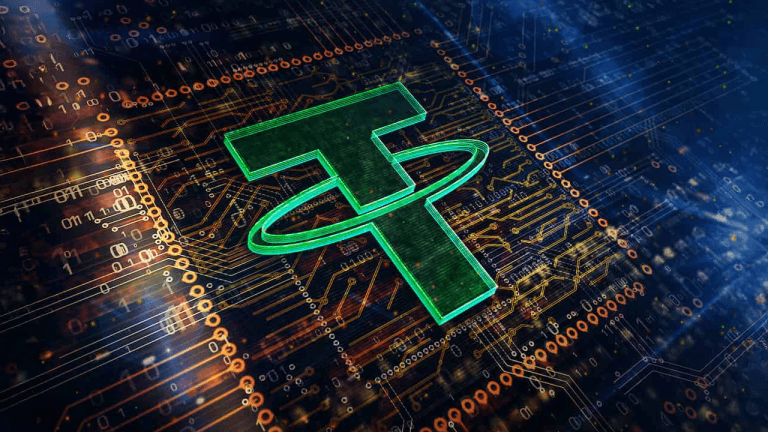



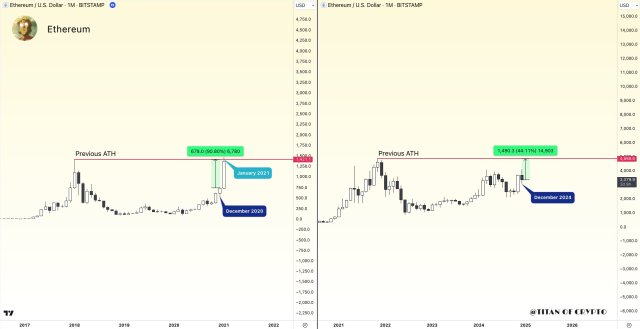

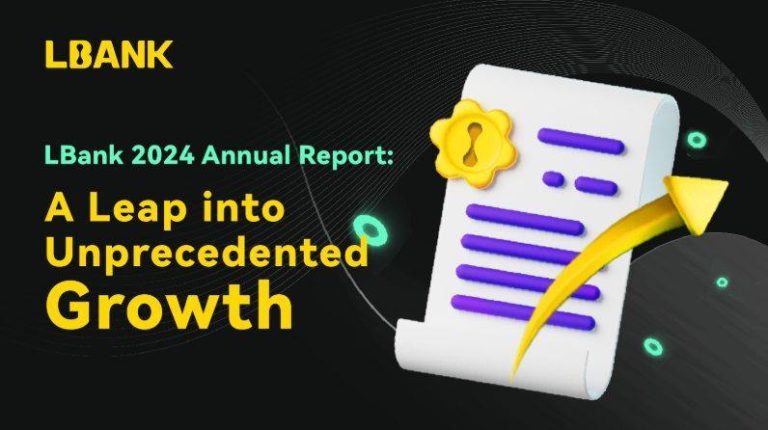






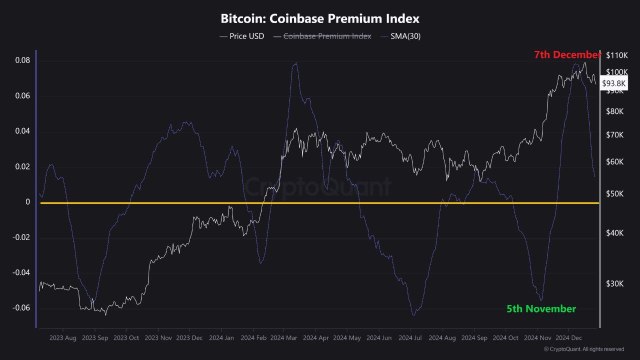



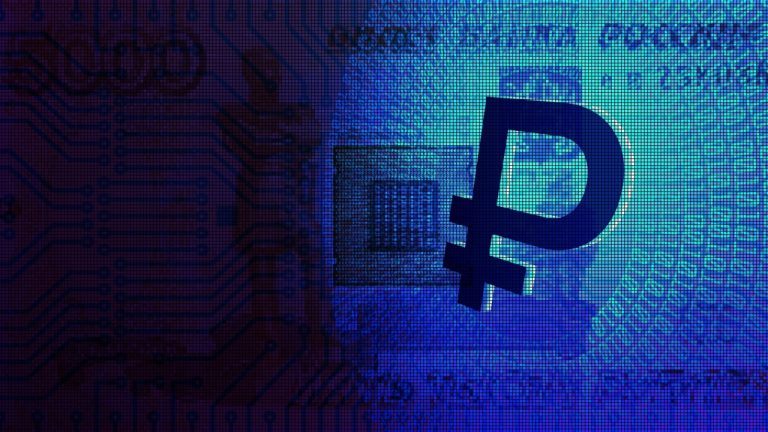


Comments